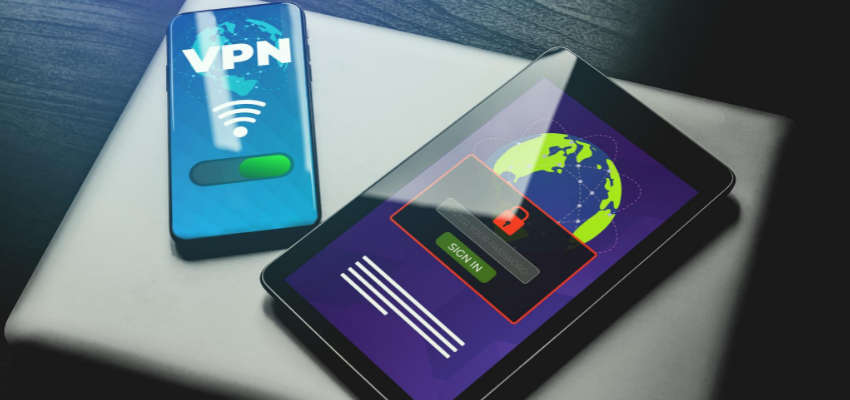Show:
How to Write Newsletters that Stand a Real Chance of Boosting Sales
Did you know that the word “newsletter” dates back to the 1670s when it used to denote news reports that were disseminated in the epistolary form? Needless to say, the word soon fell out of use but newsletters made a grand comeback during the 1990s when they took a digital form.

Modern spam
Nowadays, newsletters seem to be on the sidelines when it comes to digital marketing strategies. This is because e-mails are no longer the primary form of business communication. The “more info in DM” types of messages on social media platforms took over the role e-mails had just a decade ago.
In this sense, newsletters are increasingly perceived as spam by shoppers, who are actively looking to decrease the number of newsletters they are signed up for. This is because newsletters contain a lot of information, much of which is totally irrelevant to individual shoppers.
Having realized that their newsletters were marketing duds, many companies cancelled them to devote their focus and energy to developing more efficient marketing tools that would actually boost sales. However, these marketers have failed to understand that folks didn’t really want to receive their newsletters, which ultimately led to their downfall.
Newsletters that grab the reader’s attention
So, it seems that the secret to a successful newsletter had been hiding in plain sight all the while: relevancy. The more general a newsletter, the greater the chances that the recipient will deem it as spam mail. On the other side, once a shopper or a business partner opens a newsletter and starts reading one news bulletin after the other, they are less likely to unsubscribe.
In order for a newsletter marketing campaign to succeed, marketers need to drop the company-centered worldview and start thinking from the shoppers’ perspective. Sure, it’s nice to share the news that a new office opened abroad but this would hardly be of interest to a local shopper. They would be more interested in coupons and discounts, to name just one example.
Before composing a newsletter, always think about what it is a potential customer wishes to read and be informed about. Apart from the aforementioned discounts (who doesn’t love those), they might be willing to read about new products or services, to read/watch a funny story, meme, or a video, or to simply read an educative text of interest to them (this is mainly intended for business partners).
Once you are able to produce topical, didactical, and newsletters that are generally fun to read, you can expect the sale numbers to gradually increase. This is more than great, as newsletters are scalable by nature, since they require minimum investment, yet guarantee maximum outreach.
For small businesses, a single employee well-versed in company matters can pen the whole newsletter, meaning that you spend minimum labor to compile a newsletter. E-mails are free to send and if you do your homework well, the newsletter will reach all of the potential customers who will find the content relevant and enjoyable to read.

Personalized newsletters
Finally, you should make the effort to personalize the newsletter as much as possible. The tweaking doesn’t have to be done on an individual level, as you can place customers in broader categories. For instance, you can create slightly different newsletters for recipients coming from different socio-economic backgrounds, age groups, and sexes. This way, you further ensure that your emails are up-to-date, interesting, and relevant, so people actually read them all the way through.
The reason why personalized newsletters are important is the fact you display genuine care for customers and their shopping preferences. Once people notice that you have taken their shopping history into account when making new offers, they will be more inclined to select your brand or business over the competitors’.
However, personalization can be a double-edged sword when used improperly. Imagine sending a personal gift voucher for lingerie to a schoolchild! Such and similar blunders will cause shoppers to develop a disliking for your business, as you are clearly careless when it comes to their needs and wants.
Timing is everything
Speaking of blunders in connection to newsletters, the timing of a newsletter can be a deal-breaker. In terms of frequency, you should aim for that sweet spot where you keep a person informed without boring them in the process. This is achieved by setting a timeline suitable for the industry you work in.
In general, once a week is the most frequent you should send out newsletters. On the other side, there are companies and organizations that send newsletters once in six months or even once a year but that period is too long when it comes to marketing purposes. Fervently wishing not to be boring, you can inadvertently cause customers to forget about your brand.
Although this is relative, we recommend monthly newsletters that offer the perfect balance between respecting other people’s time and keeping them updated. After all, the newsletter should play the card of FOMO.
The newsletter’s content
Once you decide how often you wish to hit your subscribers with e-mails, it’s time to decide on the actual content of the newsletter. Firstly, you need to make the choice of how many topics you wish to cover. The logic is simple: the more frequent your e-mails are, the fewer the number of topics.
If you were to go by our recommendation of one e-mail per month, then your newsletter should feature three to four main topics. Depending on the art design of the newsletter, you could have major and minor topics, like on a news website. Of course, the focus would be on the main topics you wish to cover in the newsletter.
Secondly, you should understand that an e-mail is not a blog or a vlog in the sense that it is the news itself. In other words, try to include as little content as possible and focus on backlinks to pages where subscribers will get the full info. The textual content of a newsletter should be perceived as a blurb for a book, both in terms of content (catchy and informative) and length (concise; one or two paragraphs long).
Newsletters have the potential to reinvigorate any marketing strategy but you need to put some thought into their creation. From the letters’ font to the frequency of newsletters, every detail should serve the purpose of informing and entertaining customers. If you are successful, you’ll soon notice a steady increase in sales as the result of cost-effectively disseminating the latest info about your brand or company.

 Return to Previous Page
Return to Previous Page








